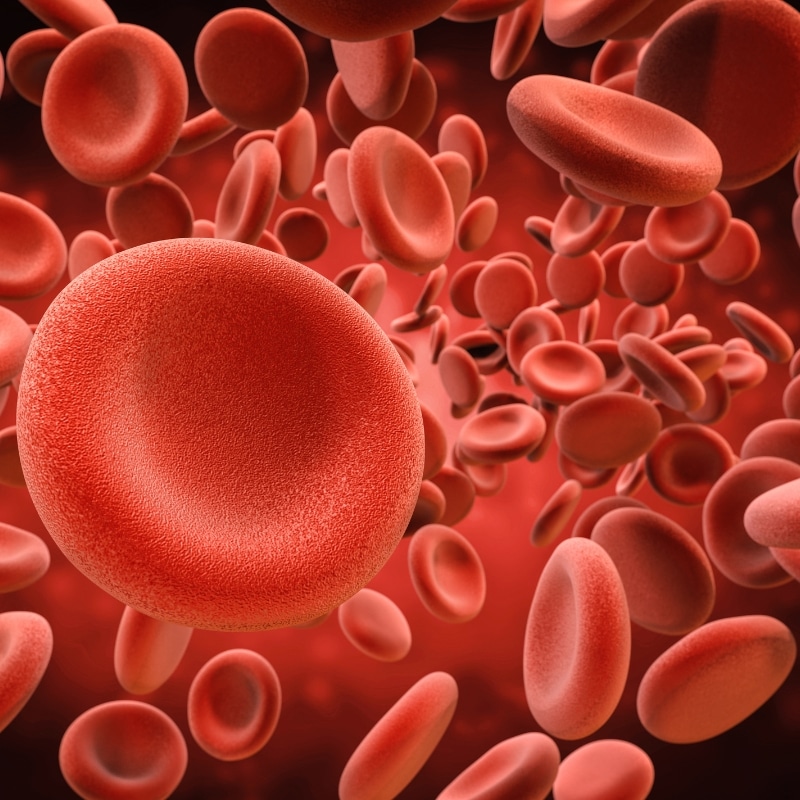Fertility treatments are evolving fast, and a new study adds another layer of hope for women struggling with diminished ovarian reserve. The study explored how platelet-rich plasma (PRP) may support ovarian rejuvenation by affecting the cells that help nurture developing eggs.
Let’s walk through what the study found, how PRP works, and how it connects to Zeam’s integrative approach to care, especially for patients seeking options in Roseville.
What Is Platelet-Rich Plasma and How Does It Work?
Platelet-rich plasma is derived from a small sample of your own blood. After it’s drawn, it’s spun in a centrifuge to isolate and concentrate the platelets. These cells are rich in growth factors that are known to help heal damaged tissue and stimulate regeneration. Originally used in sports medicine and surgery to help speed recovery, PRP is now used in dermatology, hair restoration, and even joint repair.
In general, PRP works by introducing a high concentration of natural healing elements into a targeted area. The goal is to stimulate the body’s own repair process and enhance cellular activity where it’s needed most.
Ovarian Rejuvenation: A New Use for PRP
In fertility medicine, PRP is being explored for women with poor ovarian response, also known as diminished ovarian reserve. This condition refers to a reduced number of viable eggs remaining in the ovaries, which often leads to lower success rates during in vitro fertilization (IVF).
In the new study, researchers investigated what happens at a cellular level when PRP is injected into the ovaries of women with this condition. The participants were between 18 and 37 years old and had a history of limited response to ovarian stimulation in previous IVF cycles.
Specifically, the researchers looked at gene activity in cumulus cells, specialized cells that surround and support the egg. These cells are vital for egg development. They provide energy, regulate nutrients, and help the egg mature. By analyzing changes in gene expression after PRP treatment, scientists hoped to better understand how PRP might support fertility from the inside out.
What the Study Found
One of the most important findings from the study was that PRP changed the way genes were expressed in cumulus cells. This wasn’t a vague or minor shift. The researchers found clear differences in multiple biological pathways, especially those involved in metabolism, cell survival, and cell-to-cell communication.
For example, PRP-treated samples showed increased activity in genes responsible for carbohydrate metabolism. This matters because eggs depend on pyruvate, a product of glucose metabolism, for energy. Cumulus cells metabolize glucose into pyruvate and then transfer it to the egg. When this system works efficiently, egg quality improves. Poor function in this pathway, on the other hand, is linked to weaker embryos and lower pregnancy rates.
The study also found that PRP influenced genes tied to cell growth, proliferation, and apoptosis (programmed cell death). Supporting these functions may help extend the life and quality of remaining eggs, especially in women with a limited ovarian reserve.
Another set of genes affected by PRP was those involved in cell signaling. These communication pathways help the egg and surrounding cells coordinate as they mature. Disruption in these systems is often seen in cases of premature ovarian failure or poor response to fertility treatments.
Live Birth Outcomes and Gene Expression
To assess real-world relevance, the study grouped patients based on their IVF outcomes: live birth, no pregnancy, or embryo arrest. They compared PRP-treated patients who had a live birth to those who achieved the same outcome without PRP. Even among those who had successful transfers, the gene expression in PRP-treated patients showed notable differences.
Another comparison looked at PRP-treated patients who had a live birth versus untreated patients whose embryos failed to implant. This side-by-side view helped researchers isolate the specific molecular impact of PRP, independent of whether an embryo was viable to begin with.
While not every patient saw improved fertility outcomes, the gene-level data points toward a deeper biological effect that deserves more attention. Larger clinical trials will be needed to determine how these cellular changes translate into consistent pregnancy and live birth rates.
What Does This Mean for Patients?
The promise of PRP in fertility care is not fully realized yet, but the potential is clear. For women who have been told they have poor ovarian response, it opens up a new pathway for research-backed treatment strategies.
That said, it’s important to understand that PRP for ovarian rejuvenation remains investigational. The FDA has not approved this use, and it may not be available in most clinics. However, its effects on cellular function are becoming better understood through studies like this one.
Even if PRP doesn’t work for every patient, the data so far suggest it could help optimize the ovarian environment and improve how eggs develop. As future studies refine the technique, PRP could become a valuable part of personalized fertility treatment plans.
Whole-Person Care at Zeam
At Zeam Health & Wellness, we believe that science-based innovation and individualized care go hand in hand. While we currently use PRP for applications like skin rejuvenation and joint health, we’re closely following research like this as part of our commitment to staying on the leading edge of medical care.
Our primary care providers look at the full picture of your health, including reproductive concerns, hormonal balance, and chronic conditions. Whether you’re managing a specific issue or simply want to explore your wellness options, we’re here to support you with integrated care that meets your unique goals.
Let’s Keep the Conversation Going
As this new study shows, the science of reproductive medicine is advancing in exciting ways. Platelet-rich plasma may not be a magic solution, but it’s offering new clues into how we can support fertility from the inside out. From metabolic support in cumulus cells to potential effects on embryo development, the research is laying the groundwork for future breakthroughs.
At Zeam, we’re committed to bringing the best of medical innovation and compassionate care together. If you’re interested in learning more about PRP therapy or how our primary care services can support your reproductive health and overall well-being, connect with our team in Roseville.




